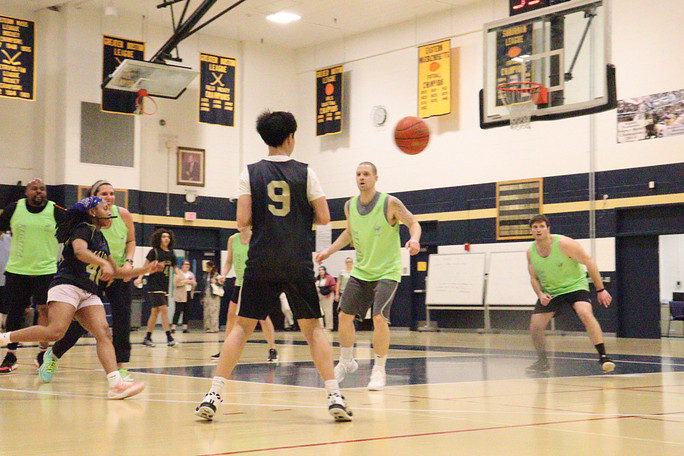Outdoor track is a sport that holds contests between athletes that establish who can run the fastest, throw the longest, and jump the highest. It originated around 776 BC. from the Olympic Games. Koroibos, a cook, won the stadium race and a foot race 600 feet long. According to literary traditions, this was the only athletic event for the first 13 Olympic festivals. From then on, the games were held in Olympia every four years for almost twelve centuries. Soon additional events were added.
The three main events are the running, jumping and throwing events. The running event includes sprints, hurdles, middle distance, long distance, and relay races. Sprints are races over short distance where athletes try to reach their quickest running speed. The three distances for sprints are 100 meters, 200 meters, and 400 meters. Sprinters begin the race in a crouching position at the starting blocks. Then, they lean forward and move in an upright position and begin to run when signaled. The middle distance event is when athletes stand along a curved line and begin to race when signaled. The most common middle distance runs are the 800 metres, 1500 metres, and the mile run. These runs mostly test endurance, and speed.
Next is long distance, which tests stamina and pacing. The common long distance runs are 3000 metres, 5000 metres and 10,000 metres. Long distance became more popular in the 1920s after the achievements of Paavo Nurmi. Next is the relay races, where runners compete head to head with the other teams. Each runner must hand off the baton to the next runner on their team. If a teammate drops the baton, makes an improper baton pass, has a false start, prevents another competitor from passing, or interferes with another competitor, the team can be disqualified from the relay race. Lastly is hurdling, which became popular in the 19th century in England. In the event, runners jump over the hurdle, landing both feet in a forward position. To be disqualified in a hurdle race, one would be unable to jump over a hurdle by passing under or intentionally knocking over hurdles.
The second main event jumping includes the long jump, triple jump, and high jump. In the long jump, athletes would run up an area of dug up earth and jump. The winner is the individual who managed to jump the farthest. Triple jump, also known as the hop step jump, takes place in a sandpit. The triple jump is similar to the long jump, but has a different approach. Next, is the high jump, where athletes jump over a horizontal bar and fall on a cushion. The highest jumper is the winner.
The third event is throwing, which includes the shot put, discus throw, javelin throw, and hammer throw. In the shot put, competitors throw the heavy metal ball in the legal throwing area. Similar to the shot put is the discus throw. The competitor throws a round metal shaped disc and the athlete throws the discus in the proper direction. The one that throws it the farthest then wins. After is the javelin throw, which is where the athlete runs down a track gaining momentum and then throws a javelin before crossing the line. The athlete cannot go over the line until the javelin lands. Lastly, is the hammer throw, where athletes throw a heavy ball attached to a handle with a long chain. They spin multiple times to gain momentum before releasing the hammer.
In conclusion, outdoor track is a unique sport that is very intense and works on all parts of the body. It helps players stay in shape and provide enjoyment for those who play.





